November 29, 2022
Leave No Trace in Wind River Country
By Shannon Rochelle
Coming into Wind River Country, the first thing you notice is the expansiveness, the endless sky and wide open plains, the hills, buttes and mountains, and the paucity of human development. Along with that come pronghorn, deer, elk, hawks and eagles, and all the smaller animals that are harder to see but no less fascinating or important.
The spectacular landscapes of Wind River Country with their lack of human-built amenities (roads, buildings, stores) ask of us a different kind of preparation and care than do human-dominated landscapes. The nearest gas station may be 50 miles away, and the nearest grocery store or restaurant even farther.
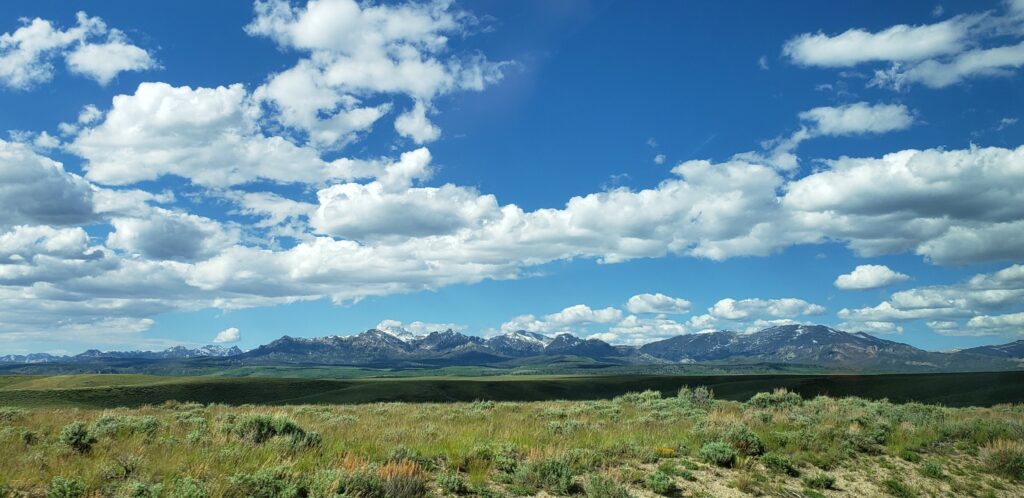
So how can you plan your visit to take care of yourself, your family and the families of all the plants and animals whose home you’re here to visit? Leave No Trace (LNT) is an ethic, a set of seven principles, designed to help us all do exactly that! I like to use the LNT principles when I plan a visit to a new place as a way to help me take care of myself, the earth and all the living creatures we share Earth with. Since they are principles designed to reduce my impact, not rules, they inspire me to ask questions and think about how local residents, human and otherwise, interact with the natural world in that place.
The seven principles of Leave No Trace are as follows.
- Plan Ahead and Prepare
- Travel and Camp on Durable Surfaces
- Dispose of Waste Properly
- Leave What You Find
- Minimize Campfire Impacts
- Respect Wildlife
- Be Considerate of Other Visitors
Originally developed as a way to help people in the United States think about how to treat public land–the parks, forests and other wild landscapes owned jointly by all U.S. citizens–the Leave No Trace principles can be adapted to lands and legal systems around the world. I think of the seven principles as a series of questions to ask myself as I prepare to travel in different places. How do each of these ideas apply in this place? How do the local residents who care about and depend upon local systems and resources approach each of these ideas? How can I demonstrate respect and care for all in this place? Here’s how I use these ideas to plan travel in Wind River Country.
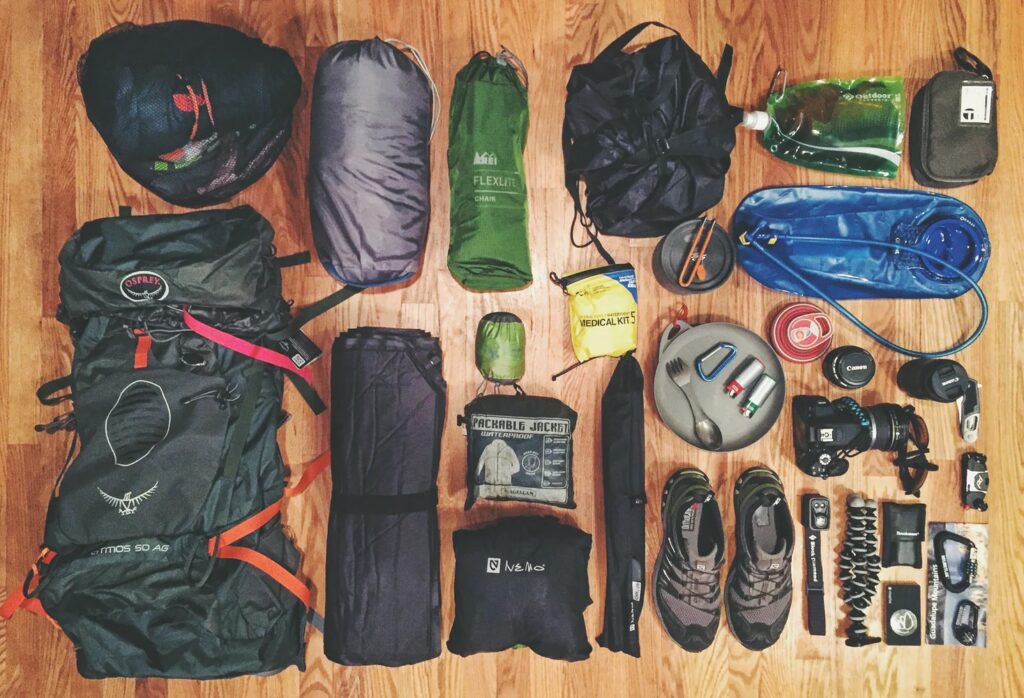
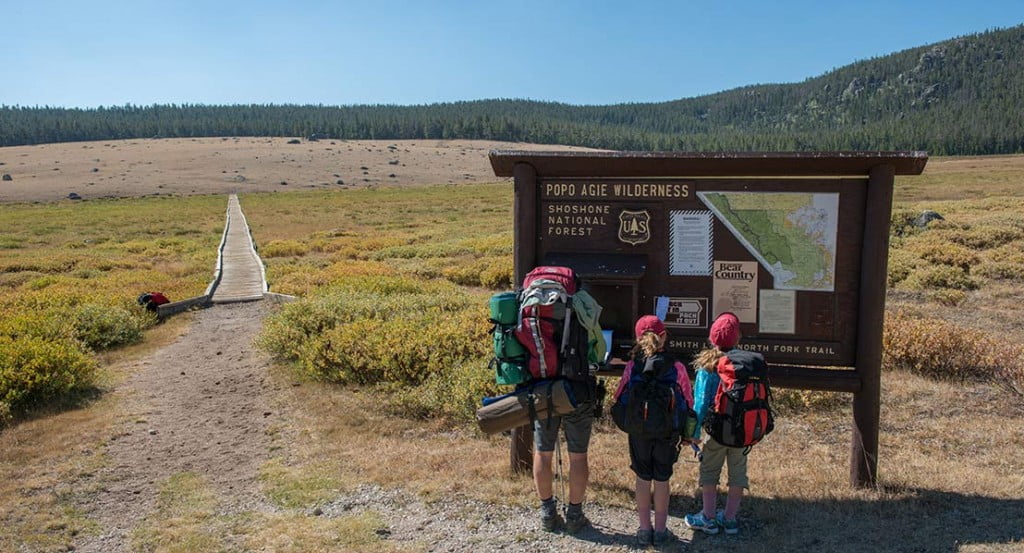
Principle 1
Plan Ahead and Prepare is the heart of the Leave No Trace ethic. It means learning about a place before you venture there, knowing what to expect so you are able to care for yourself in that environment. Where can I find food and hotels, or campsites? What will the weather be like? The roads, trails and off-trail terrain? What animal and plant-related concerns are there? Where can I get food and water? What clothes will I need to be safe and comfortable? In other words, how do the people there interact with each other and with the landscape?
In Wind River Country, the answers to these questions vary a lot with the seasons and with elevation. For now, let’s plan a summer visit, camping in one of the campgrounds up in the Wind River Range, which are at elevations ranging from 6,400 to 9,500 feet. There are two grocery stores and numerous restaurants in Lander where you can purchase food and water, or you can bring it with you from farther away, and some of the campgrounds have potable water on site.
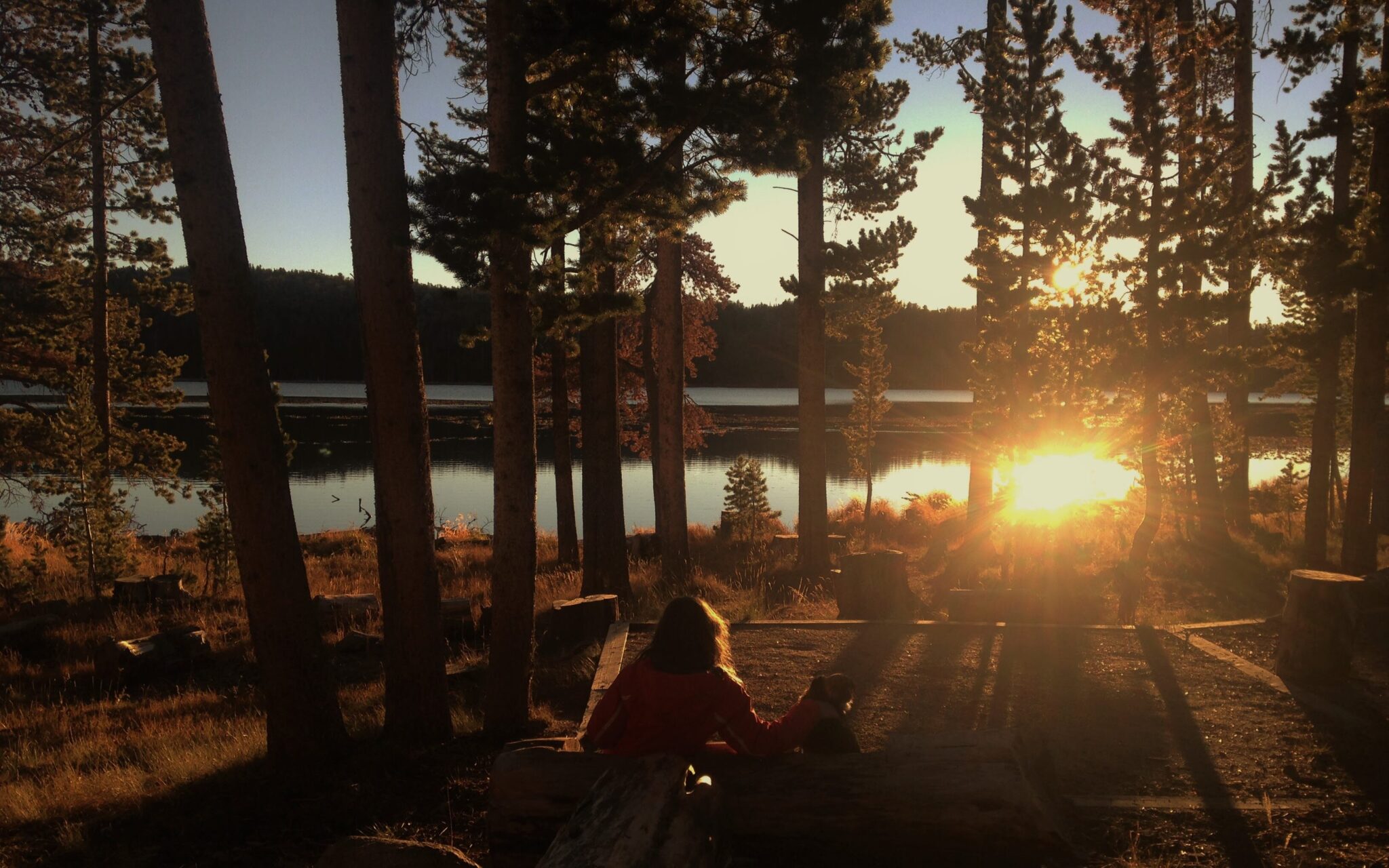
The links to campgrounds below offer information about dates the campgrounds are open, camping fees, specific locations, water availability, restrooms and other amenities. Rules and regulations for hiking and exploring Shoshone National Forest and Sinks Canyon State Park can be found at those links. There are no fees for parking or hiking.
Shoshone National Forest, Washakie Ranger District (campgrounds map)
– Louis Lake Campground
– Little Popo Agie Campground
– Fiddlers Lake Campground
– Worthen Meadow Campground
– Sinks Canyon Campground
– Dickinson Creek Campground
Sinks Canyon State Park
– Sawmill Campground
– Popo Agie Campground
The three campgrounds in Sinks Canyon (Sinks Canyon, Sawmill and PopoAgie Campgrounds) are all below 7,000 feet and you can count on them to be accessible and snow-free all summer long. The higher elevation campgrounds may still have some snow patches if you arrive here in June, and may not be open yet if you arrive in early June (click on a campground link to see specific dates).
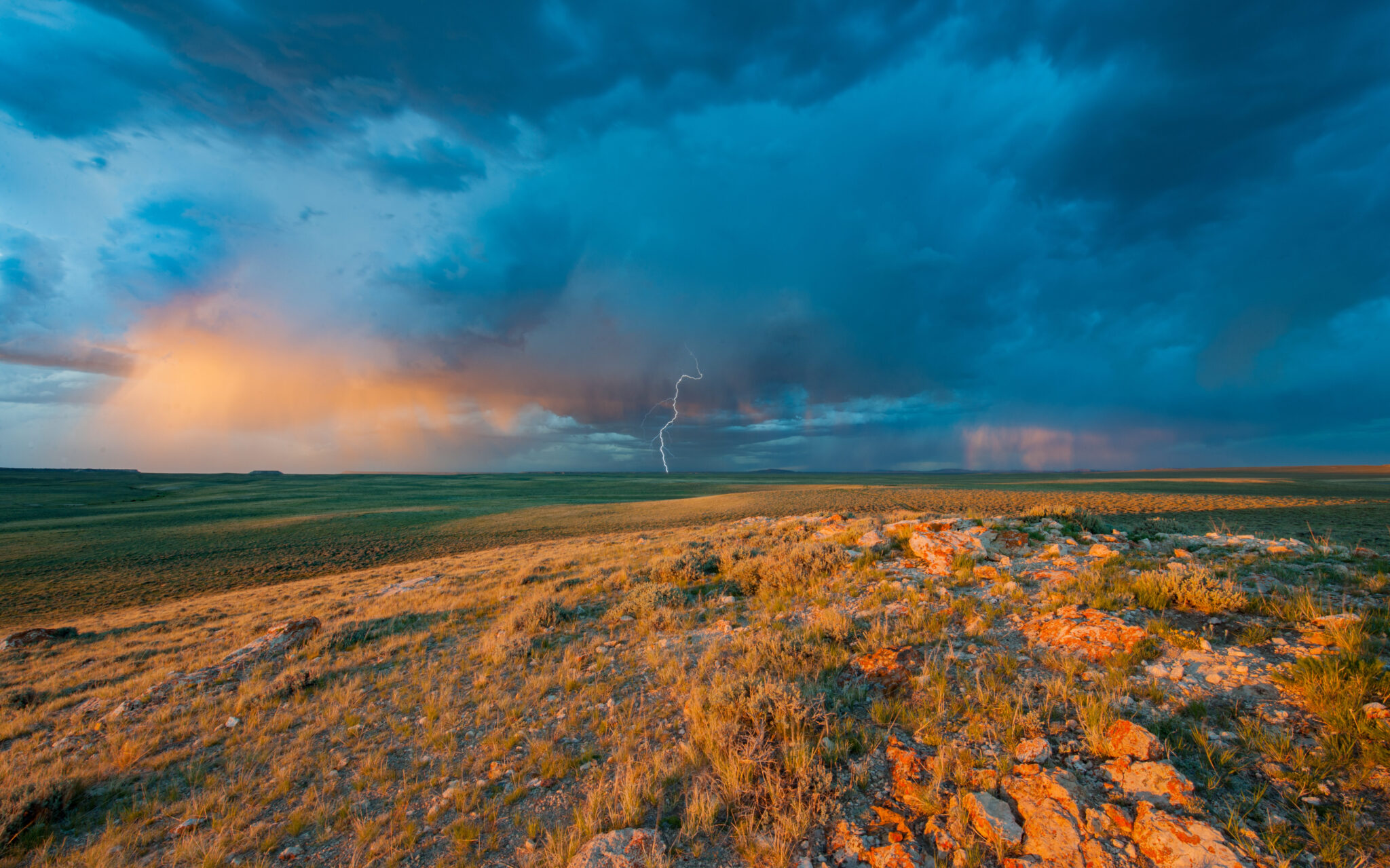
Summer weather here is generally sunny and pleasant, with the potential for thundershowers in the afternoons. It’s rare (but not impossible) to have a full day of rain. Evenings can be chilly–in the 50s Fahrenheit or even lower–so you’ll want to bring some warm layers. Here’s a graph showing average temperatures and precipitation by month in Lander, which, at an elevation of 5,550 feet, is warmer than what you’ll experience in the mountains.
The other question I like to consider besides where to camp and what weather conditions to be prepared for is, “Are there any environmental concerns besides weather I need to think about?” Specifically, what animals or plants might I need to think about? Both black and grizzly bears live here in Wind River Country, so storing your food and trash according to bear food storage rules will be important, as will carrying bear spray if you hike away from developed areas. See Principle 6, Respect Wildlife, for more about this. It’s good to be prepared for mosquitoes. They can be a nuisance at times, especially in June and July. By August things have usually dried out enough that they are less numerous.
Principle 2
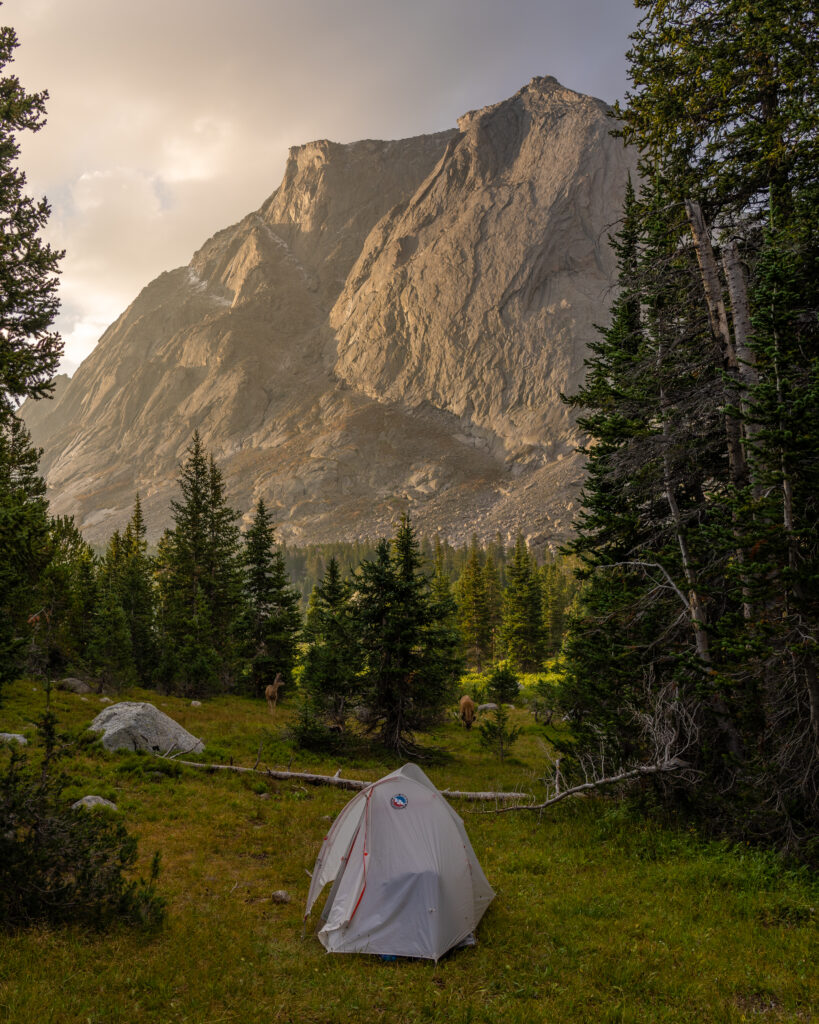
Travel and Camp on Durable Surfaces means thinking about what roads and trails to travel as well as where and how to leave those roads and trails to rest or explore further. In its most literal sense, this principle means that established roads and trails are the most durable surfaces, places where my passage will not have a negative impact, so I’ll use them as long as they can get me to the place I want to go. Rock and sand are also durable. Parking, walking and setting up a tent on these surfaces will leave no lasting impacts, although driving on them could. Soil covered with dead vegetation, like fallen leaves or pine needles, makes a great tent site because it is both comfortable and durable. And when camping on live vegetation is the only option, grasses are more durable than other plants because their growing points are down at the ground’s surface so crushing their leaves won’t hinder their ability to grow back.
I also want to think about what to do if it’s wet and the road, trail or campsite is muddy. Driving or walking on the vegetation next to the muddy spots is a natural solution, but that leads to widening or braiding of roads and trails, so I’ll avoid doing it. In campgrounds, the established tent sites are durable surfaces designed to be flat and comfortable without any work on my part. When I camp outside of established campgrounds, I look for natural flat sites and avoid moving objects and digging trenches, or if I need to move a rock or log, I’ll move it back where I found it when I take my tent down, to avoid leaving a trace.
Principle 3
Dispose of Waste Properly is about trash and human waste. The campgrounds listed here all have pit toilets or vault toilets as well as bear-proof trash cans. When driving or hiking away from campgrounds, I might be tempted to leave food waste or broken equipment or other things I no longer need behind when I depart, but this is the ultimate in leaving a trace. Anything that I bring to the backcountry beyond the campgrounds, I plan to take with me when I leave. And I like to extend that to my life in town by repairing things when they break, sewing clothes when they tear and otherwise reducing the amount of waste I generate.
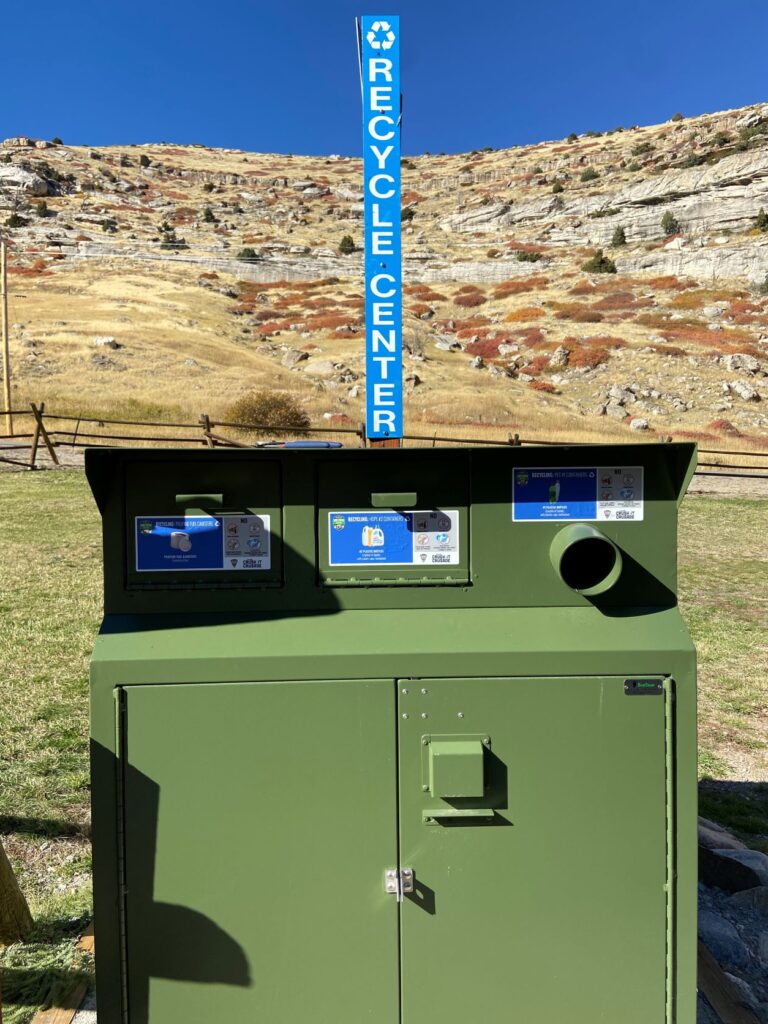
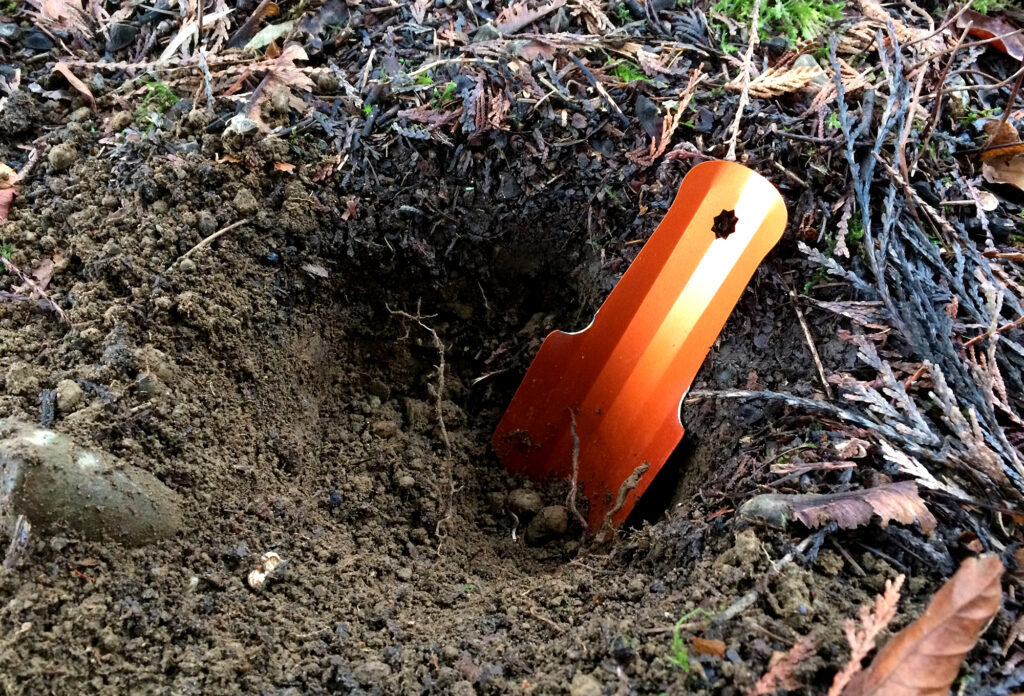
As for disposing of human waste when hiking beyond the campground, I don’t try to carry out urine and feces. Fecal material includes pathogens that I need to protect other people–and all of the local animals–from, so I dig a six to eight inch deep hole at least 200 feet away from water and leave my feces buried in the soil, where energy from the sun and soil microbes will break it down and kill any pathogens. Urine, on the other hand, doesn’t carry pathogens that will make others sick, so it doesn’t need to be buried or 200 feet from water.
Principle 4
Leave What You Find means leaving things as you found them–not defacing rocks, trees or other objects, and not removing anything (except possibly some trash left by previous visitors). There are situations where harvesting animals or plants for personal consumption is completely appropriate, and I do sometimes pick leaves for salads or berries to snack on when I’m in places without heavy visitation. In those situations I am careful to take less than 1/10 of what’s there. It’s possible to find historical signs of human presence here, and federal law (the Archaeological Resources Protection Act) requires that we leave anything 50 or more years old where we found it. Additionally, (the Migratory Bird Treaty Act) prohibits possession of most bird feathers. Removal of bones, antlers, rocks and other interesting found objects is not illegal, but removes important resources (like calcium, magnesium and other essential minerals) from the ecosystem, making them scarce. When I find an antler, I like to look for tiny tooth marks from the squirrels, mice and voles who depend on them as mineral sources, then put it back where I found it.
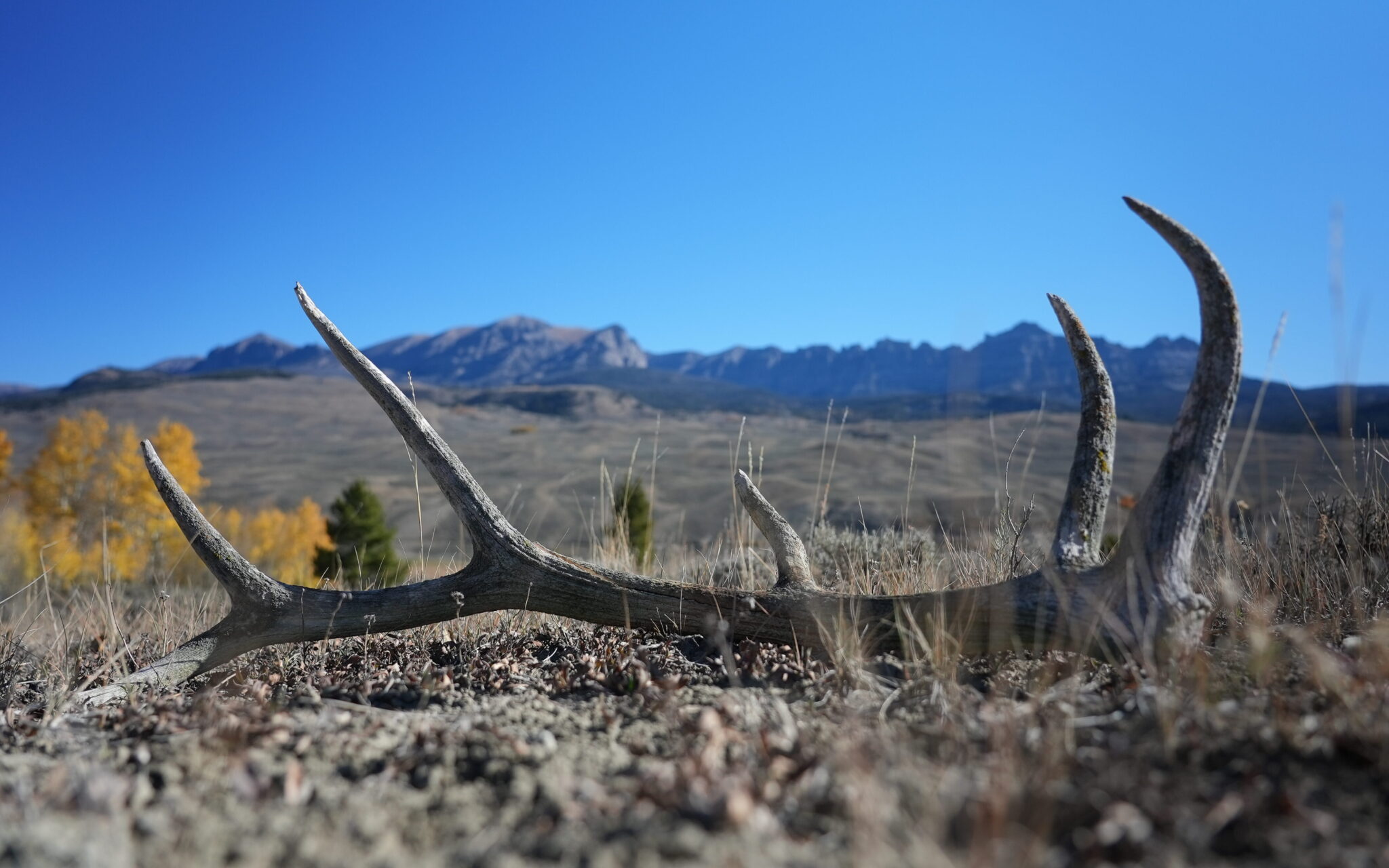
Principle 5
Minimize Campfire Impacts reminds us that fires can do serious damage if they escape the fire ring. Before deciding to have a fire in my campsite’s fire ring, I check to make sure there isn’t a fire ban in place. Even having fires within a fire ring can change a site if people gather wood nearby repeatedly until there is no wood left in the area, but bringing wood from far away can transport destructive beetles, fungi and other pests into the area, so burning local wood is better for the forest than bringing it in from distant areas. The most important consideration to protect myself, others and the forest, though, is making sure my campfire is completely out and cold before I fall asleep. To do this, I pour water on the fire until I’m sure it’s out, then I stick my hand in to make sure it’s truly cold. I end up having to pour more water on it as I rinse off my hand, but in campgrounds where there’s plenty of water this is easy to do.
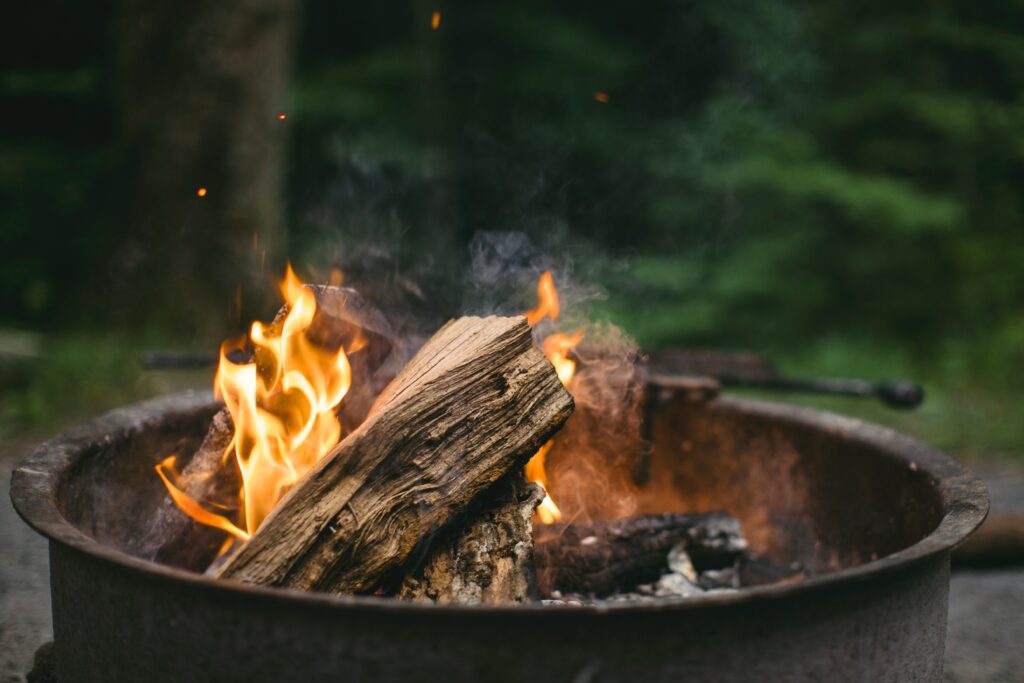
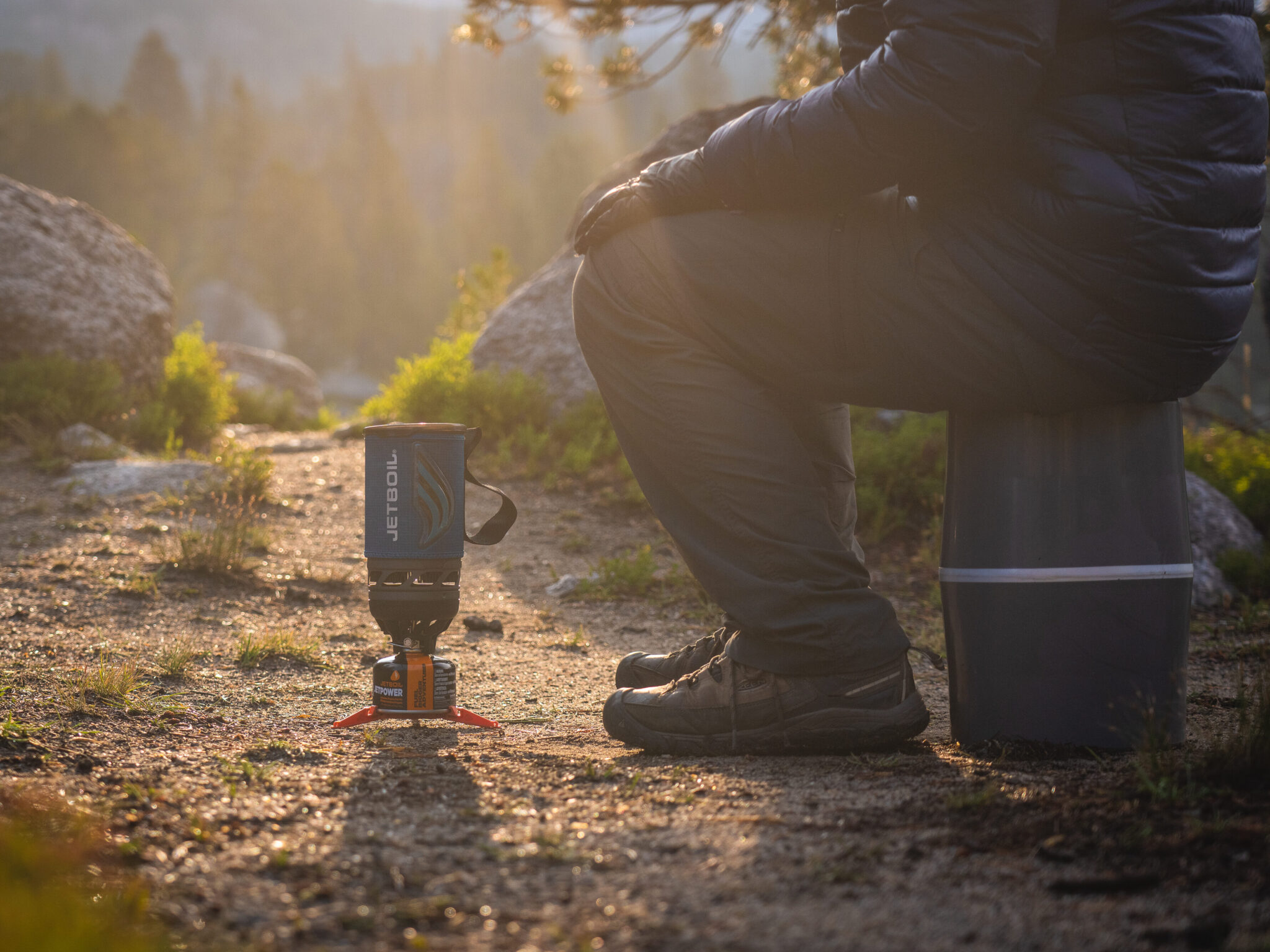
Principle 6
Respect Wildlife is what allows us to share the Wind River Range with all the other species that call this place home in a way that’s safe for us and for them.This is a great place to see many different mammals–mice, voles, squirrels, chipmunks, rabbits, weasels, foxes, coyotes, deer, pronghorn, elk, moose, bears–and birds–from bald eagles to woodpeckers to hummingbirds. Respecting wildlife involves observing and photographing all animals, large and small, from a distance and being careful not to make them feel threatened by my presence. It also means I’m careful to keep my food and trash away from them. Forest Service and State Park regulations require that we store food away from bears–in bear-safe canisters, hard-sided vehicles, bear boxes or hanging at least 10 feet off the ground and 4 feet away from branches and tree trunks–to protect myself, other people, and also to protect the bears.
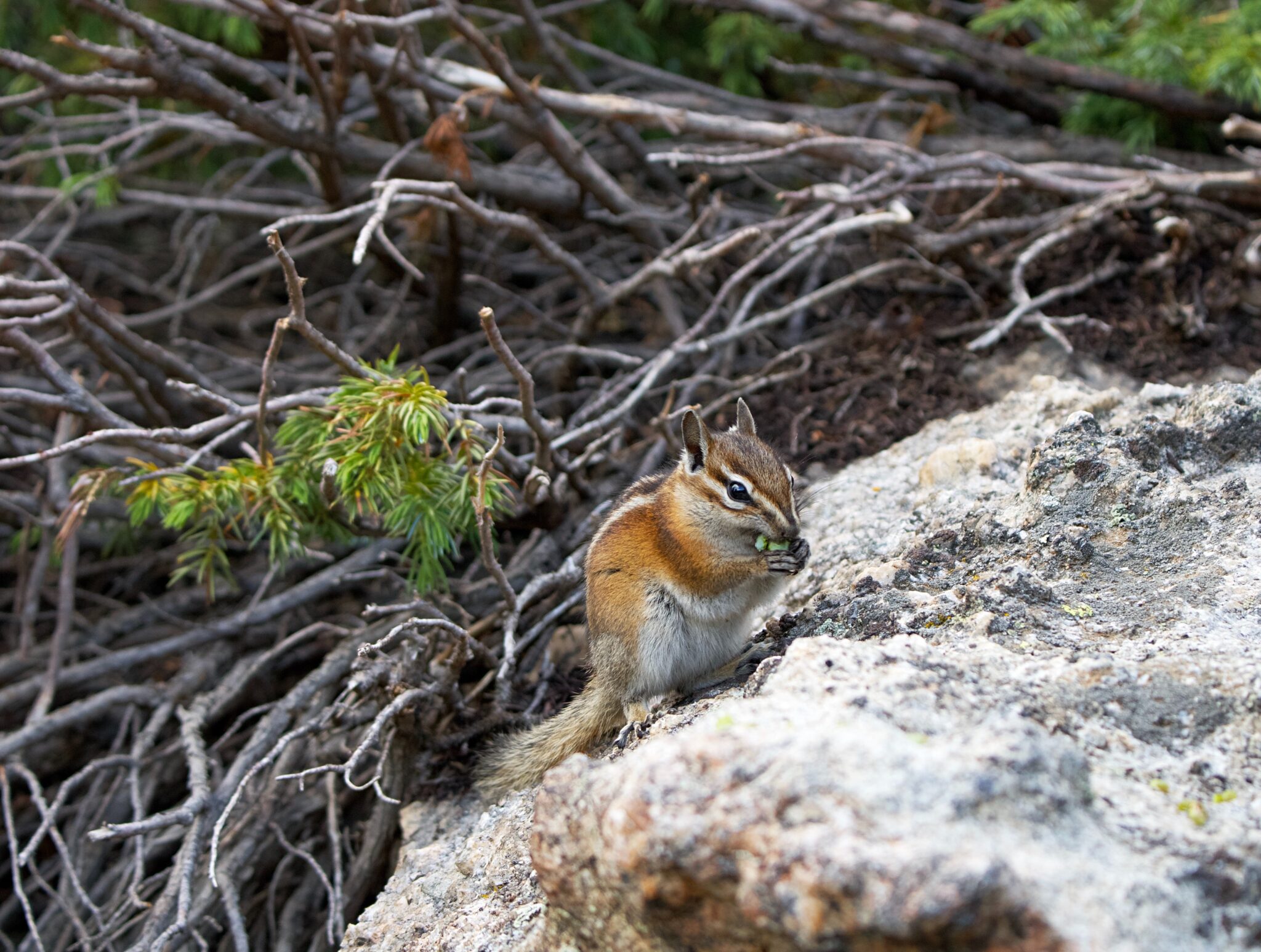
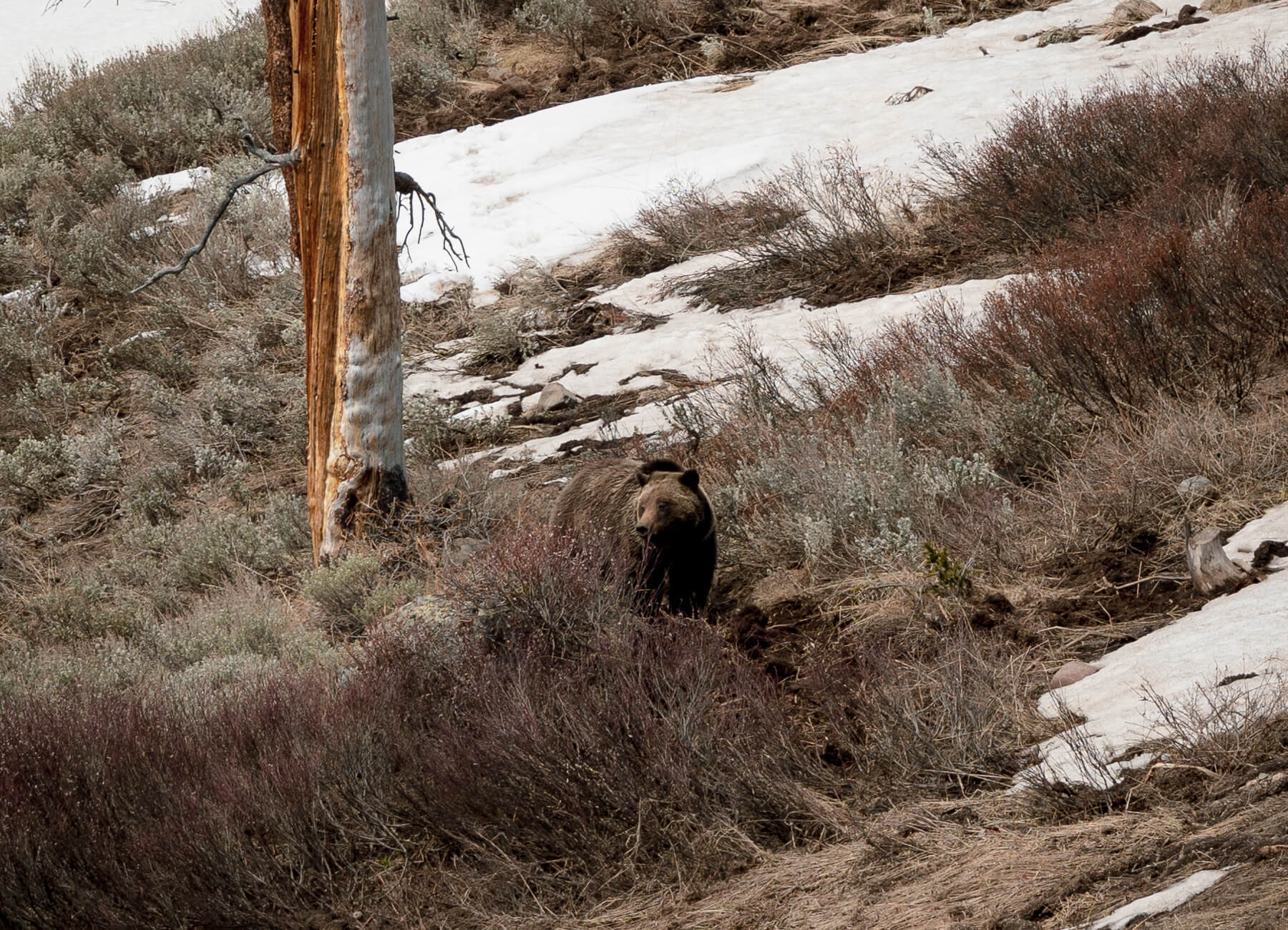
The saying “a fed bear is a dead bear” is true because once a bear becomes familiar with human food it will associate all humans with food and come to us when hungry. If people get hurt in that process, the bear will be killed by wildlife officials. Even animals that aren’t big enough to hurt us can cause problems when they learn to associate humans with food. Chipmunks, squirrels and mice, and ravens, Canada jays and other birds have all been known to gnaw or peck through cloth bags (and tents) to get to food once they’ve learned to associate food with people. This, in turn, leads people to hurt or kill them. It’s just as important to keep human food away from the cute, little animals as it is the big, ferocious ones.
Principle 7
Be Considerate of Other Visitors means sharing this majestic place with other people in a way that helps us all enjoy it the way we’d like to. This includes giving others their space, using little light at night so others may enjoy the darkness and being generally quiet, so that I and others can enjoy the natural sounds of the forests, meadows and alpine areas. Being considerate also means that when I encounter others on trail on my bike I yield the right of way to pedestrians and folks with pack stock (horses and llamas), and when on foot I yield to pack stock, getting well off the trail on the downhill side. That way, if my presence does spook the horses or llamas and they run, they will head uphill and be easier for their people to control. Finally, while this principle most often means giving others their space, it also means recognizing when others need help and offering assistance if it seems like they might.
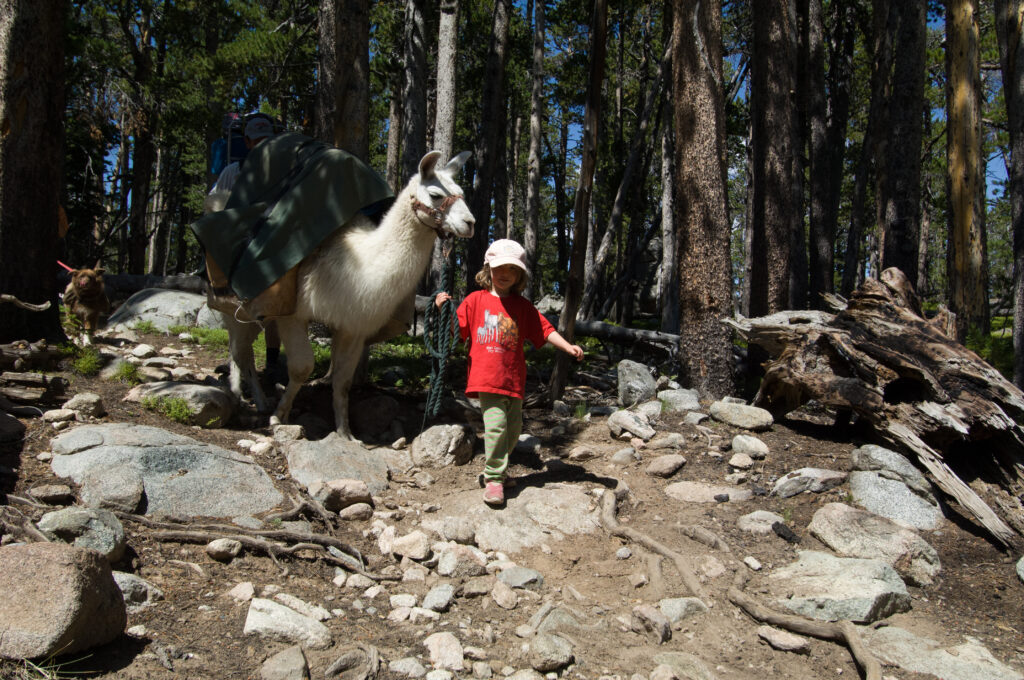
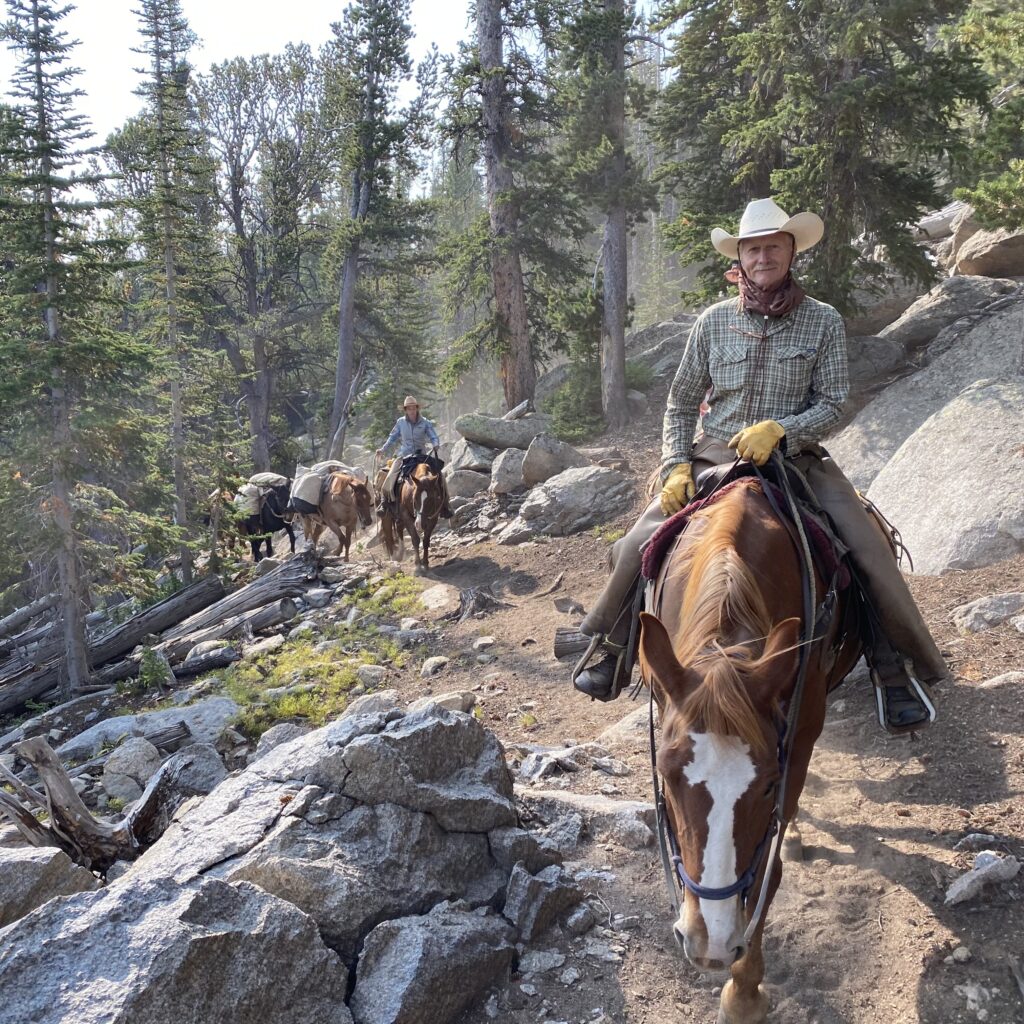
Taken together these seven principles provide a great planning tool to help you take care of yourself and your family and the families of the plants and animals who call this place home. Have a fantastic, safe and memorable visit to Wind River Country!
Bio: Shannon is an ecologist and wanderer through landscapes who has lived in Lander with her partner Rick for more than 20 years. She currently works for NOLS as a field instructor and curriculum manager.
Posted in Notes From the Field